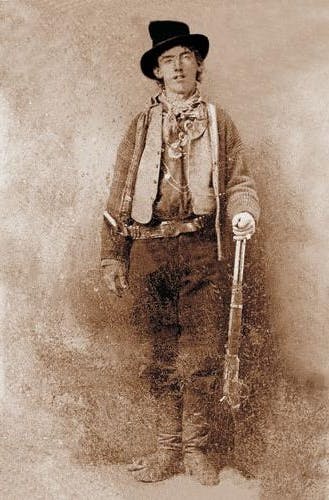In my previous post I raised the question, “why is it that commercial portraiture, which in the 19th century and into the 20th made up an overwhelming majority of all photographs taken, has received comparatively so little attention in the more established histories of photography?” Maybe the “What if God Was One of Us” video, with its weirdly mixed “message,” does not go far enough to answer this question, except to suggest, subliminally or subconsciously, that commercial portraiture is a game of masks, or fools, and an outdated one at that, perhaps even only appealing today to ethnic minorities and punk heads.
